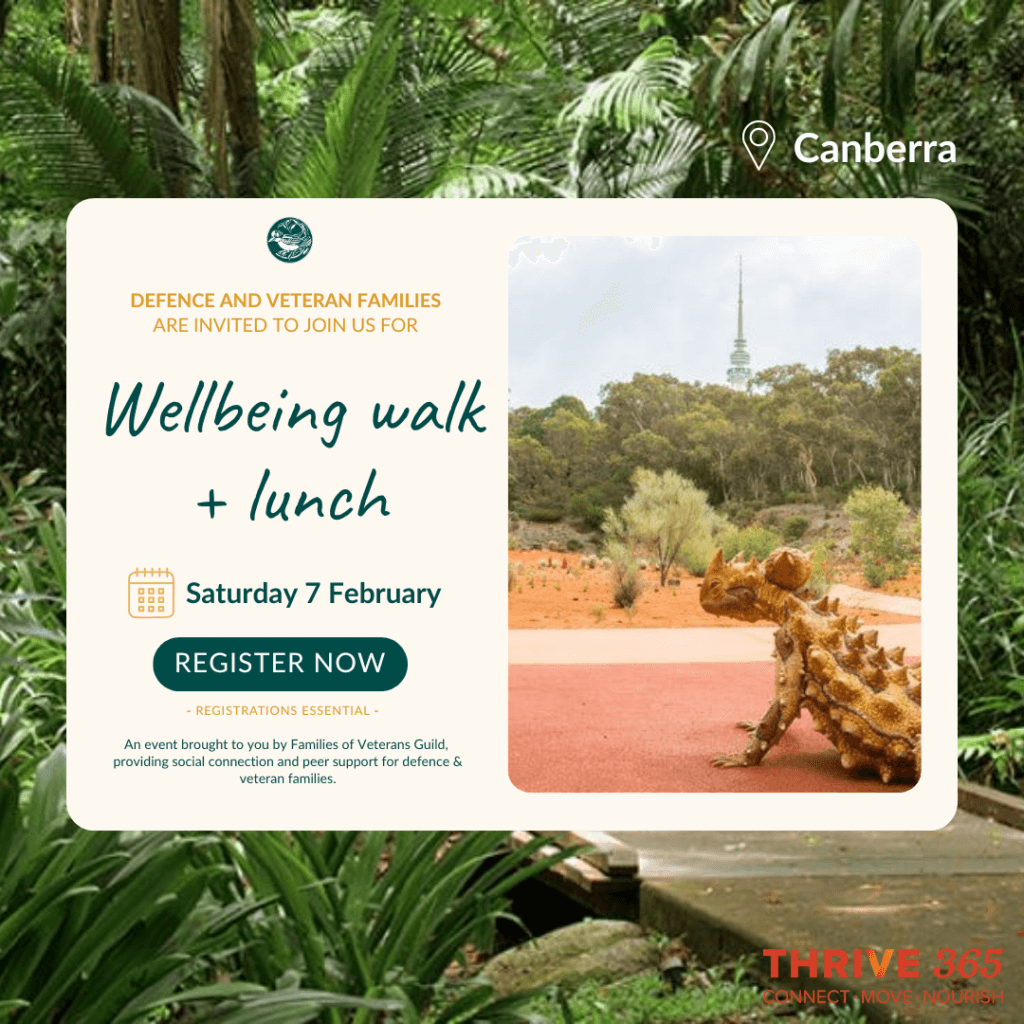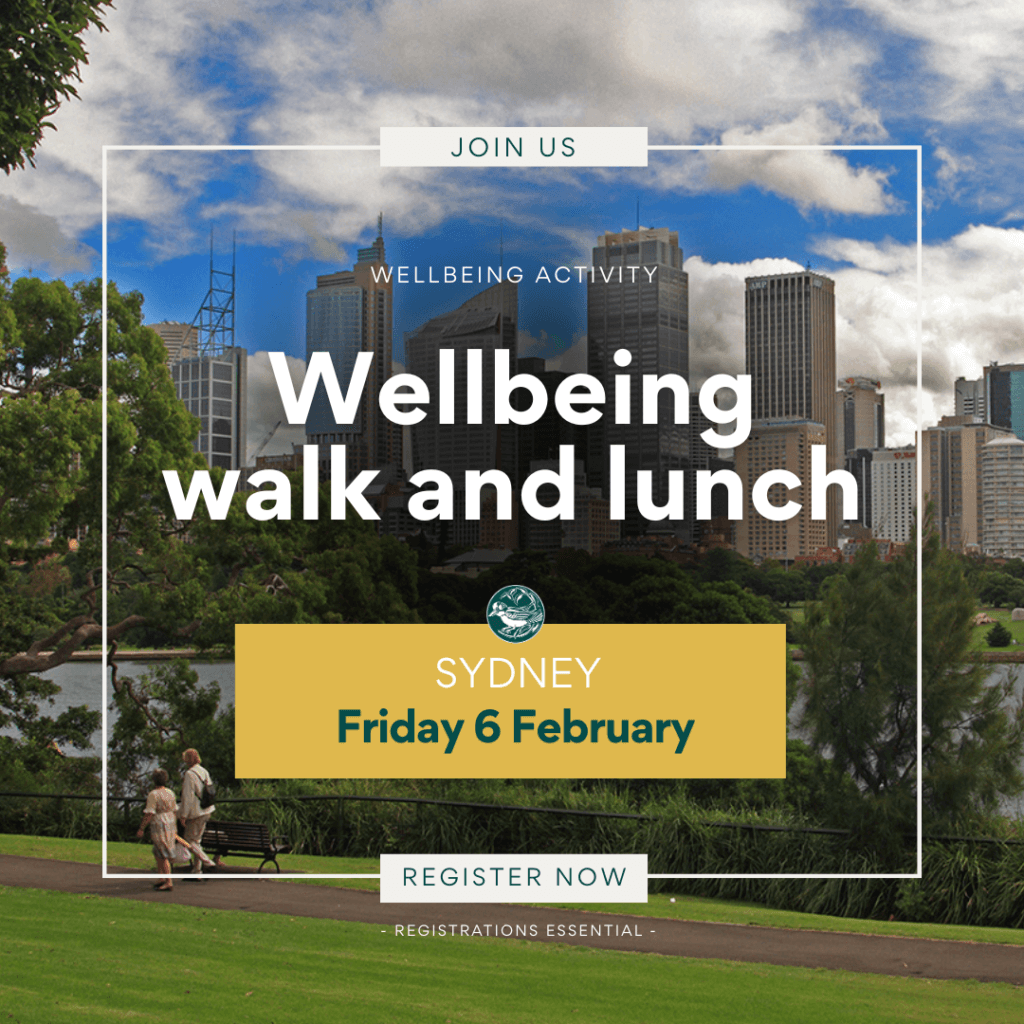Sharing our latest wellbeing tips for war widows, defence and veteran families
Life for war widows, defence and veteran families comes with its own set of pressures—and that makes wellbeing a big priority. Read this month’s edition of our Wellbeing Newsletter that features two practical wellbeing tips to help you stay grounded and supported.
Connecting through storytelling
Telling and listening to stories can be a gentle and meaningful way to connect with others. For veteran families, sharing personal stories can help create understanding, build trust, and remind us that we are not alone in our experiences. Whether it’s a memory from service, a family tradition, or a small moment that stayed with you, stories help us feel seen and heard. They also offer a space to reflect, to listen with care, and to connect with compassion.
Why stories matter
In many cultures, storytelling is honoured as a way to pass down knowledge, share values, and bring people closer together. Stories have helped people make sense of their lives and feel part of something bigger. Veteran families often carry a rich collection of stories, not just from service but from the journeys before and after. Taking time to share these memories, or simply being present to hear someone else’s, can be deeply comforting and healing.
Many veteran families have experienced periods of separation, change, and even loss. This can sometimes make it hard to feel connected. Creating space for storytelling gives us a chance to slow down and simply be with each other.
To connect with other families of veterans and share your story, book to attend one of our upcoming wellbeing events here.
Self-care through Mindfulness
Mindfulness is the practice of deliberately engaging in your present moment, of paying attention to your surroundings, focusing on and accepting your thoughts, feelings and bodily reactions, and engaging in what you are experiencing, rather than worrying about the future or dwelling on the past. Mindfulness is beneficial for everyone, but it can be especially helpful for kids, because it helps support them with emotional regulation, improved focus and attention, reduced stress and anxiety, challenging behaviours and social skills, and greater self-awareness and resilience.
Five senses mindfulness activity
You can practice mindfulness by yourself or with the kids wherever you are, at home, in the car, at the park, or even over the phone. A great, flexible mindfulness activity is the Five Senses Mindfulness activity:
Sight: Look around and notice five things you can see, the deliberately focus on one thing you’ve noticed. Describe its colour, size, shape and texture. How does it make you feel to look at it?
Touch: Focus on four things you can feel, like the sun on your face, or the chair beneath you. Feel the sensation of one thing you’ve noticed – is it soft or scratchy, warm or cold? Do you enjoy the sensation?
Sound: Listen and identify three things you can hear. Focus on a particular sound, noticing if it’s soft or loud, high or low. How does it make you feel?
Smell: Notice two things you can smell in your surroundings. Take a slow, deep breath and fully inhale one scent. Is it strong or faint, sweet, earthy or perhaps savoury? What does it make you think of?
Taste: Focus on one thing you can taste, maybe toothpaste or food. If you can taste something, do it mindfully, noticing the taste, texture, and even the sensation of it in your mouth. How does your body react to the taste?
The more it is practiced, the easier it will be to bring attention to the present moment and keep it there. Try it at home, or with the school holidays approaching, come along to one of our wellbeing activities and practice it there!
Subscribe to our Wellbeing Newsletter for monthly updates on all activities available in your area, what’s been happening in our Wellbeing Program and also for more tips like this.




